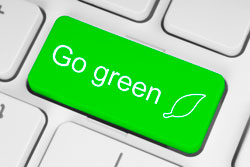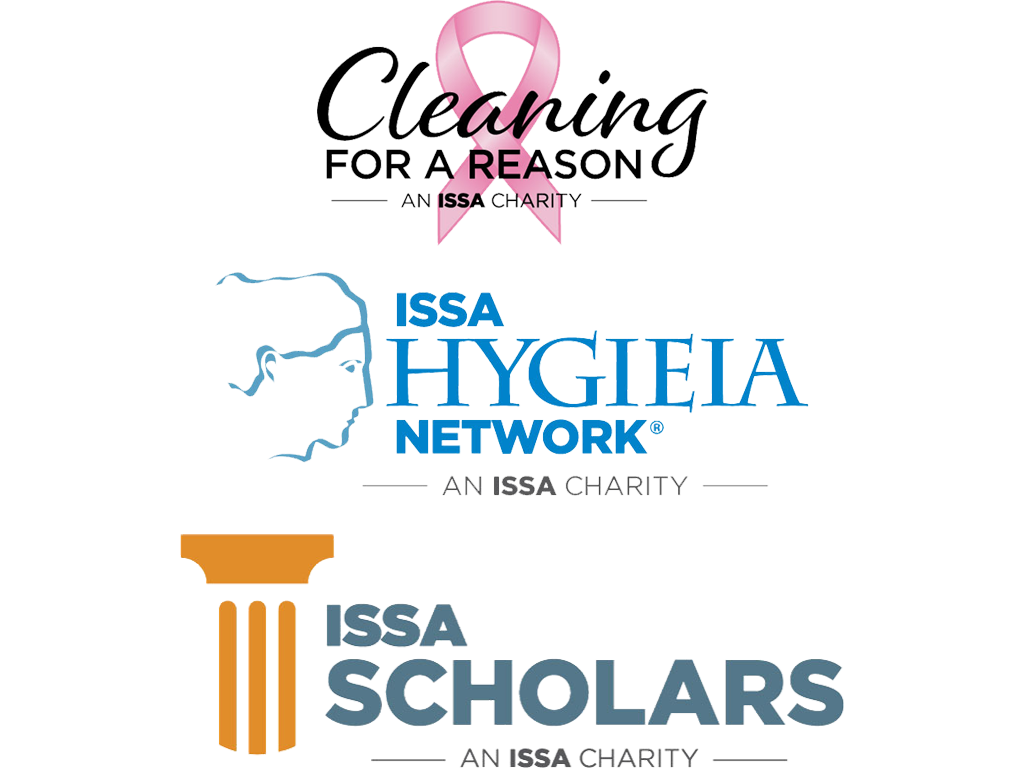Articles
Welcome to Green Cleaning 3.0
Categories: Distribution, Green Cleaning, Innovations, Trends & Technology
By Brian Peters | January 23, 2018 << Back to Articles
Accessible by: anyone
In a sense, we are now beginning Green Cleaning 3.0. Green Cleaning 1.0 began all the way back in the mid-1990s when, after an Executive Order by then-U.S. President Bill Clinton, federal offices and facilities were required to start using environmentally preferable cleaning tools and supplies whenever and wherever possible. Clinton’s order resulted in federal facilities transferring to green cleaning products and, because the federal government is such a huge purchaser of cleaning supplies, sparked manufacturers in the professional cleaning industry to develop green cleaning products more earnestly.
Green Cleaning 2.0 came into its own in the mid-2000s. That is when the demand for environmentally preferable cleaning products moved into private industry. More and more facilities were seeking the U.S. Green Building Council’s Leadership in Energy & Environmental Design (LEED) certification and could earn LEED points by using green cleaning products. Today, buildings are required to have a green cleaning strategy in place to even be considered for LEED certification. In addition, more types of facilities started transferring to green cleaning, including schools, health care facilities, office buildings, and hotels. The result was substantial growth in the green cleaning market.
Green Cleaning 3.0 began evolving over the past few years. The use of environmentally preferable cleaning products has now become status quo, with more facilities in scores of industries selecting green cleaning products first and only selecting a traditional product if a green one does not exist or is cost or performance prohibitive. However, Green Cleaning 3.0 has brought a number of challenges with it. Among these are the following:
- Staying current. In general, cleaning contractors and facility managers are now interested in learning about what green cleaning tools, chemicals, and equipment are available today that were not available a few years back. Their goal is to see if newer, better-performing, and more cost-effective products have come on the market since they first transferred to a green cleaning program.
- Focusing on sustainability. An increasing number of cleaning professionals are looking for ways to reduce waste, recycle, and minimize their use of natural resources. In some cases, they are doing this because they believe it is the morally right thing to do. In other situations, they are required to take sustainability steps in order to do business with large purchasers of their products and services.
- Eliminating redundancy. Traditionally, contractors and facility managers have selected a variety of green cleaning chemicals and products each designed to perform a specific task. However, they are realizing some of these products (or newly introduced products) can be used for multiple purposes. To reduce costs, reduce waste, minimize training requirements, and streamline ordering, contractors and managers want to minimize the number of products they select and eliminate those that are no longer needed.
- Cold-water cleaning. End-users are aware that cold-water dilution is often recommended in green cleaning programs, and it also fits in with their goals to become more sustainable and use less energy. However, they need more information about the uses and best practices for these products before they can make educated buying decisions.
- Eliminating ready-to-use products (RTUs). Although RTUs are convenient, contractors and managers are opting to eliminate ready-to-use cleaning products, preferring to select chemicals in larger, 5-gallon containers instead. While buying in bulk helps promote sustainability, a significant cost savings can be achieved, as well. More concentrated cleaning chemicals in large drums typically last longer.
- Looking beyond chemicals. Many cleaning professionals are investigating cleaning equipment and procedures that do not require the use of cleaning chemicals―green or traditional. Sometimes referred to as chemical-free cleaning, this involves using equipment or products that perform using engineered water. In certain situations, this may turn out to be the ultimate in green cleaning.
Data Gathering
Although there is considerable concern today among jansan distributors about the emergence of mega-online retailers entering the professional cleaning products industry, Green Cleaning 3.0 may counteract much of the negative impact that may come with these huge retailers. This is because customers will turn to jansan distributors to help guide them into this next level of green cleaning.
The problem for distributors, however, is staying up-to-date on the latest innovations and products in green cleaning. This can be challenging, especially now that so many manufacturers are introducing their third generation of environmentally preferable products. Data-gathering processes such as web-based analytical tools can help. With these tools, the distributor inputs data—such as an inventory of the green (or traditional) cleaning products currently being used in a facility—into the system, and then the system suggests newer, more cost-effective, or better-performing product alternatives.
For instance, one of our clients, a large health care facility, was focused on waste reduction and turned to us for product alternatives that would help them in this endeavor. We suggested that by switching from the 60-pound liners currently used in the facility to 30-pound liners, as recommended by one of these web-based tools, the client could reduce waste and promote sustainability, and may also enjoy a cost savings.
We can view Green Cleaning 1.0 and 2.0 as laying the foundation for widespread green cleaning. The goals of these green cleaning versions were primarily to prove to end-customers that environmentally preferable products could be cost- and performance-effective. Green Cleaning 3.0 is a far more advanced stage. Jansan professionals have more questions and want more answers about environmentally preferable cleaning products. Distributors are the people they will turn to for help with these questions, and the astute distributor with the right technologies will have the answers.
About the Author.
Brian Peters is the chairman and CEO of Peters Supply, a distributor of facility maintenance, industrial packaging, foodservice, safety, office supplies, and solutions based in Elmira, NY.


